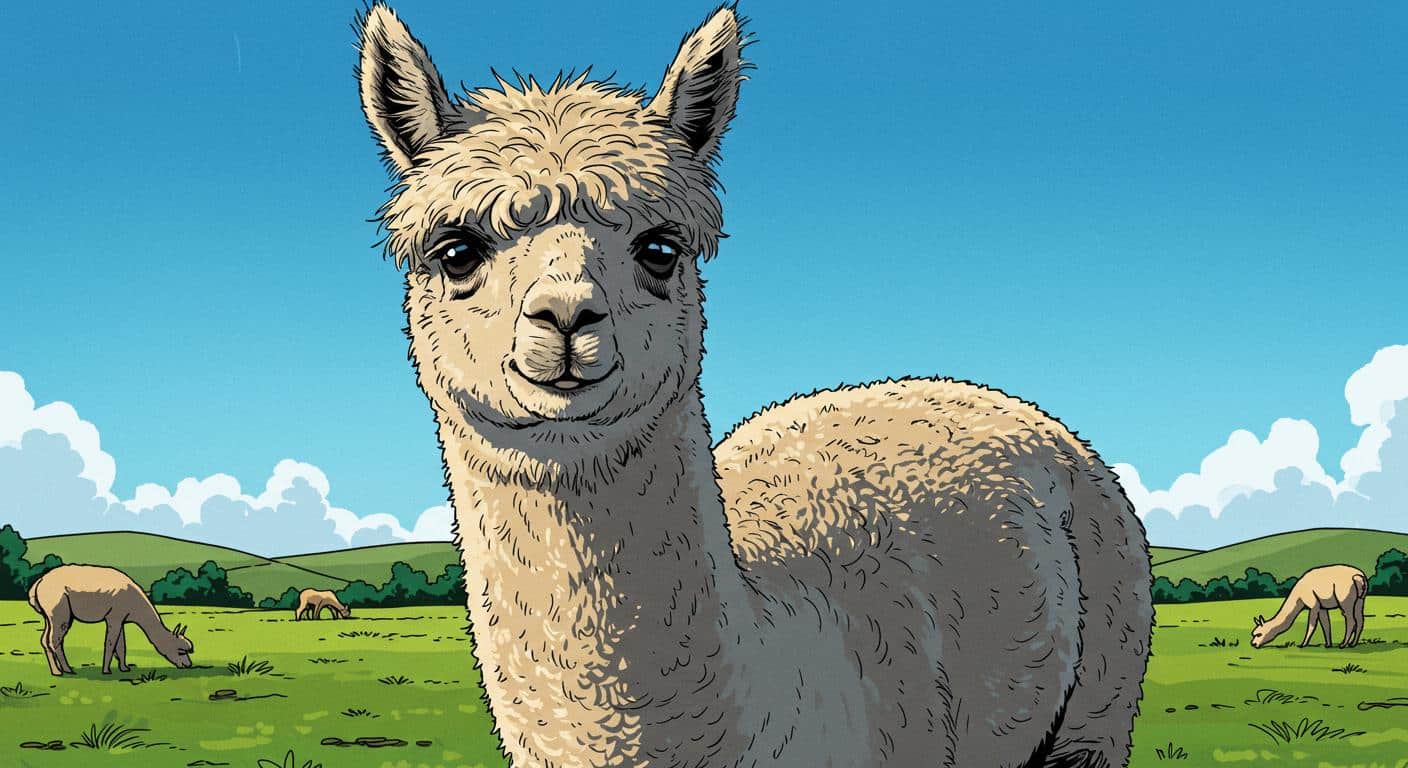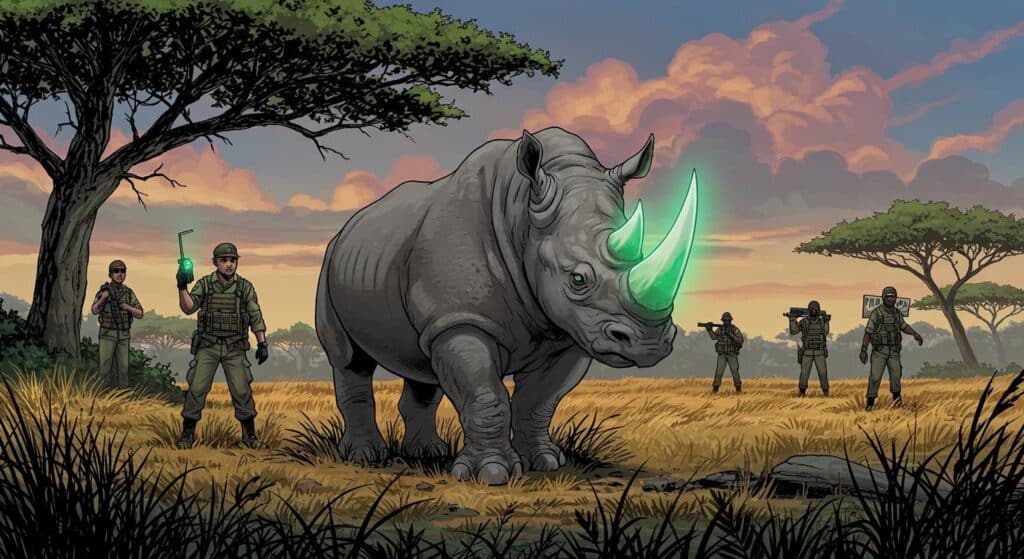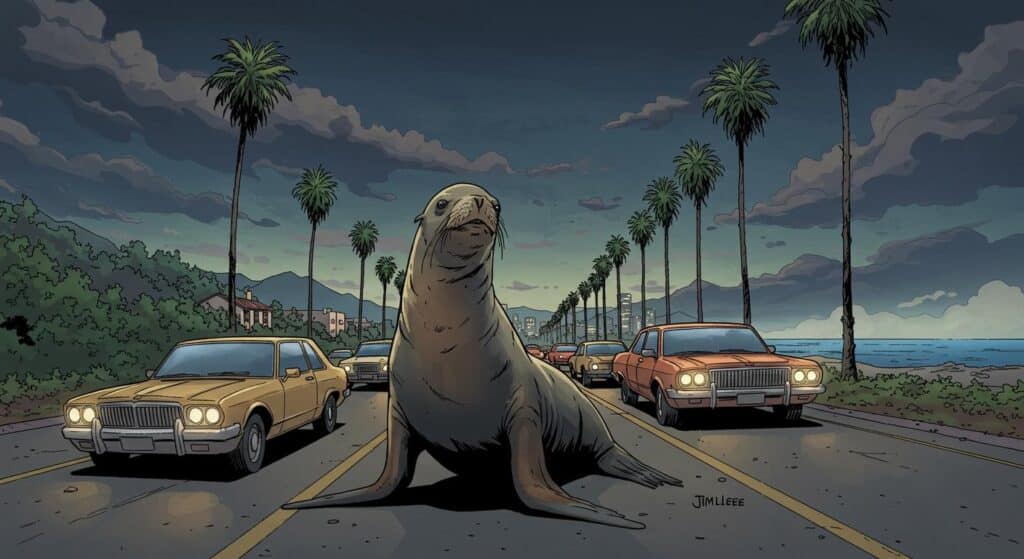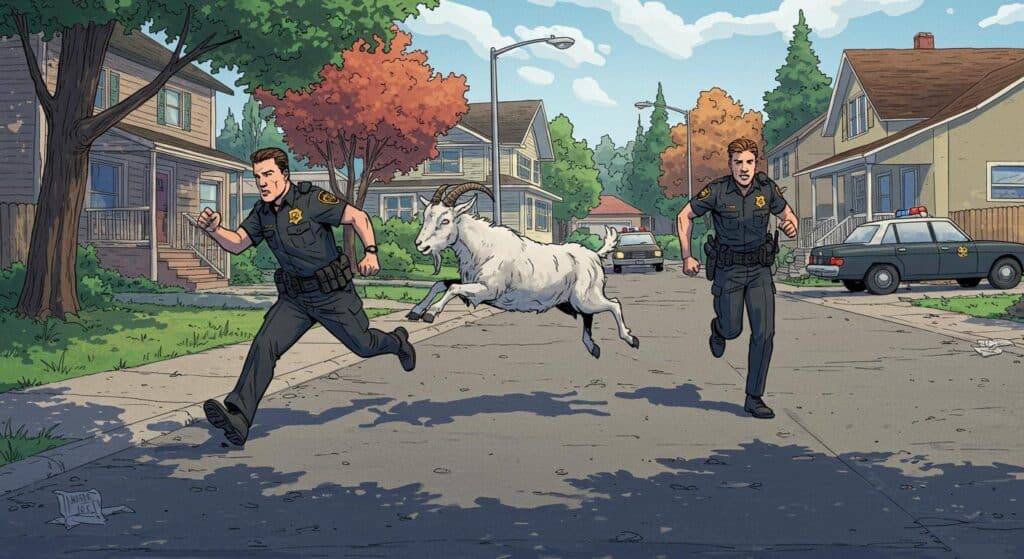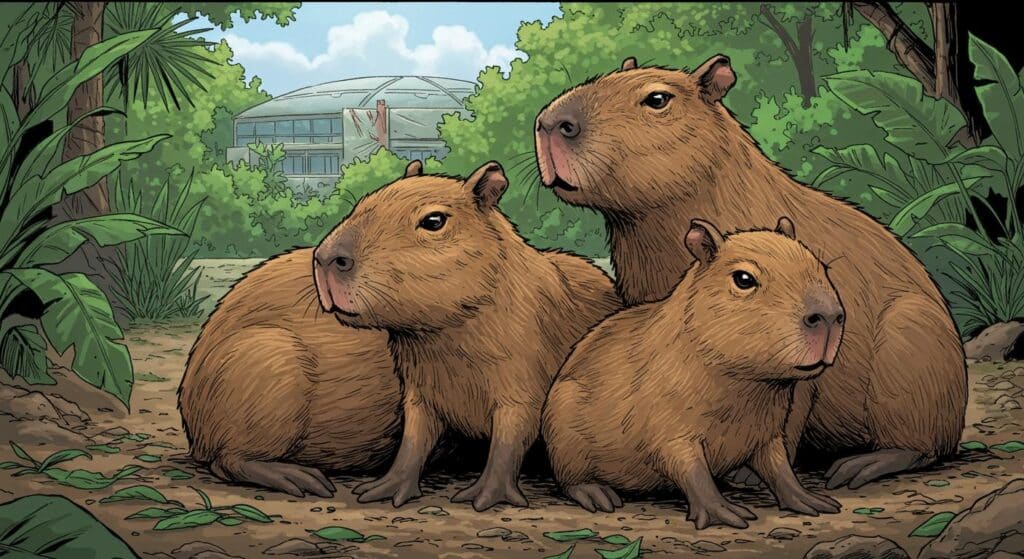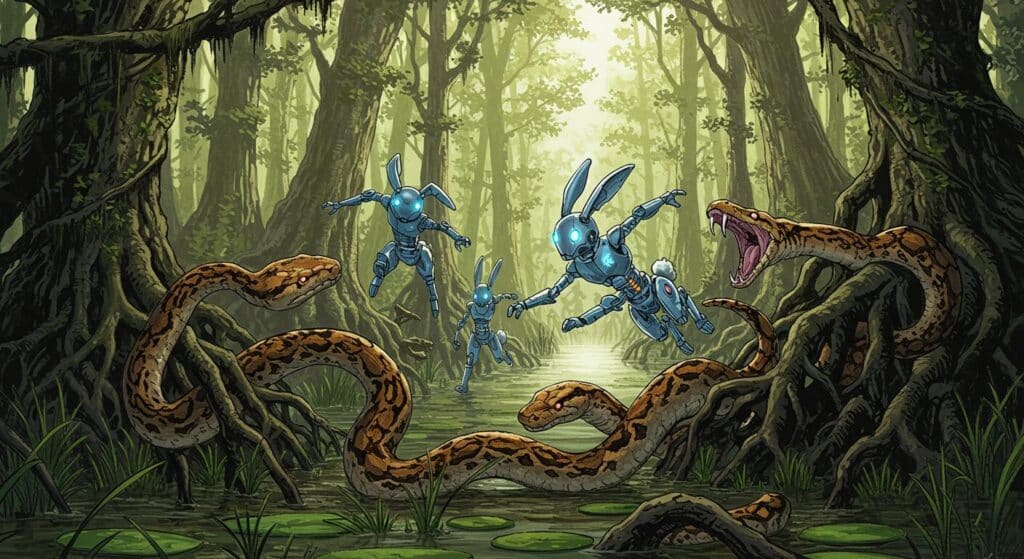If you’ve ever spent a rainy afternoon contemplating the unassuming resilience of livestock, today’s protagonist may inspire a newfound appreciation. An alpaca by the name of Hawthornden Wainui, now residing on a New Zealand farm, has become a quietly monumental figure after being formally recognized by Guinness World Records as the oldest living alpaca in captivity. As UPI details in its recent feature, Wainui is now 27 years and 185 days old (as of July 6), a figure that might elicit reflections on just how long “a very long life” really is—at least in alpaca years.
The Venerable Wainui
Born in 1998, Wainui has shared thirteen of those years with his current owners, Vicki and Alex Cordier, who took him in back in 2002. According to UPI’s coverage of the Guinness certification, Vicki Cordier recalls a younger Wainui as the stoic lookout of the herd, occupying a high vantage point to observe the world and, presumably, keep younger alpacas in line. These days, Cordier describes her “lovely Wainui” as somewhat of a grumpy old man—a transformation most of us can imagine, or perhaps relate to, with time.
The outlet also notes that companionship comes not from other alpacas, as one might expect, but rather from a goat named Barney and a sheep named Squeak. Cordier observes that Wainui now spends much of his time with these fellow retirees, further underlining the eclectic social circles that sometimes form when age and comfort take precedence over species.
The Longevity Equation
So, how does an alpaca reach such a milestone? As related in Cordier’s remarks to Guinness and highlighted by UPI, the key seems to lie in a pampered lifestyle and an emphatic avoidance of unpleasant weather. Wainui enjoys access to shelter at all times and is, by all accounts, quick to slip indoors at the mere suggestion of rain—a survival strategy anyone living in a damp climate can respect. Cordier credits the animal’s comfort-centric existence as the secret to his impressive longevity.
Is there something universal in Wainui’s methods? Or does this simply reinforce the timeless truism that knowing when to come in out of the rain is a skill worth mastering?
Herds, Headlines, and the Odd News Roll Call
Wainui’s journey to gentle celebrity stands in contrast to the parade of animal escapades chronicled in UPI’s “Odd News” roundup. For instance, recent stories include Colorado police chasing escaped goats through a neighborhood, a trio of newborn capybara pups making their debut at the Audubon Nature Institute in New Orleans, and a wayward sea lion needing emergency rescue from the middle of a California road. While these tales come packed with drama and the occasional viral photo, the outlet documents Wainui quietly marking the passage of time—no car chases, no bath-time escape acts, just a steady devotion to daily comfort.
The world’s oldest living alpaca, as described by UPI, isn’t clamoring for the spotlight or performing headline-grabbing feats. His legacy, if you can call it that, rests on endurance, patience, and perhaps an admirable suspicion of inclement weather.
Reflections from the Alpaca Vantage Point
Would Wainui care at all about his new Guinness accolade? According to the details highlighted by UPI, it seems safe to say he’s mostly concerned with rain avoidance and keeping good company with Barney and Squeak. There’s an understated appeal to a life measured not in social media metrics or viral moments, but in quiet days, shelter at the ready, and old friends nearby.
How many other ancient creatures spend their days quietly outlasting the news cycle, content in routines the rest of us may be too distracted to notice? Perhaps there’s something for all of us to learn from an alpaca whose secret, after nearly three decades, is simply knowing when—and with whom—to weather the world.

